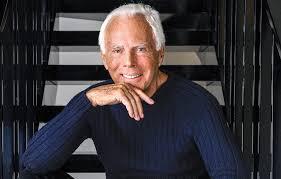Leaderboard
Popular Content
Showing content with the highest reputation on 09/06/2025 in all areas
-
Tomorrow is the day. Weather isn't looking great but we'll get it done regardless. Thanks again for all the support. #NFLO7 points
-
Cervelo, without thinking. My gen Roubaix can't run wide enough tires, the newer ones can.2 points
-
I had some fun on my first longer ride (22mi) but I haven’t felt so exposed cardio-wise in a long time. I think I’m on a bike one size too big so I’m going to try and see if the shop can swap me for a smaller one for tomorrow. My hands and shoulders are a little sore from having to stretch a little further than is comfortable to reach the hoods and drops. Very much leaning towards an e-bike so the assist will be there if i want it, but I’m going to try another 20-ish mile ride tomorrow and see how I feel. https://strava.app.link/G4g98I3TrWb1 point
-
1 point
-
I went back to 2010 this week. I didn't buy and bitcoin or, ahem, play any classic 8 bit Nintendo games. I did blow the metaphorical and some of the actual dust off my PowerShot S95. (More on that in a minute.) It took me a couple tries to get it going. It took me even longer to figure out how to use the damn thing. The S series of PowerShots (S95 to S110 or so) have dual physical wheels, which is the best. I had to work to remember exposure compensation. I also had to set the time, date and things like picture style. All of this took some futzing. Unfortunately, about 10 years ago during one cold and miserable winter, I got depressed and left the S95 on its back for six months (while running the wood stove). The meant it got some killer sensor grime, which I cannot clean. In broad daylight the dirt is invisible, but indoors the dirt specs are a curse. This is a shame as the S95 has an F/2 lens and works quite well in low light. With that said, I took a stroll through downtown Edgartown and snapped a few street shots. The best second hand store on MV was on this street for decades. Now it's a boutique that sells uber-expensive skin care products. Downtown Edgartown is still bustling with "shoulder season" people. The kids are back in school, so now it's blue haired retirees and buses full of people with name tags. It's a PITA to navigate around them, but TBH I cannot blame them. The weather is perfect here this time of year. The four trees in front of this house are of historical significance. That thing on the other side purports to be a Volkswagen. Looking down toward South Water St. That farthest point is Chappaquiddick. Built in 1703(!), this is one of the oldest buildings on the Vineyard. I quite like it, but the modern signs in front of it are ugly AF. This is the only shot I posted that I don't totally like. For some reason I shot it wide open (F/2) and there's significant smearing in the upper corners. As I mentioned, I'm just getting re-acquainted with the S95 after a decade. Also what's happened in the interceding 10 years is that my vision has deteriorated sufficiently that I can NOT read the controls of the camera without my glasses on. This makes all aspects of photography more complicated. EDG harbor with Chappy in the background. There's not one but two catamarans in this shot. One is the famous Mad Max and the other is even more strange looking, somehow. My mother was friends with a Swiss woman who owned a farm on Chappy. (That is a huge deal. Chappaquiddick isn't that big, and the island itself is eroding. Land on it is very precious.) She was born in 1924 and refused to accept the idea that Mad Max was a real boat. A kid dropped their heart glasses and some kind soul put them on top of a mailbox in case they came back looking for them. This sweet dog was waiting patiently for his mistress. He turned to look at me just for a second before she returned. The S95 is fast enough that I caught him the moment his head turned.1 point
-
Infecting the next generation. Andrew's new ride is a leftover Specialized Fuse Sport. Specialized stopped making the bike in 2022 but had made so many that dealers still had them and they were blowing them out. Original MSRP $2400, paid $999. Bought one for Lily two years ago for $1600 and thought that was a screaming deal. Can't wait to get him out on the trails if it would ever stop raining around here.1 point
-
Long time no see, I have updated many different designs in the past few years. My estats are currently using an omega-like assembly structure but with a driver house made of PPS plastic, and shells are all made of CNC 7075t6 aluminum alloy + hard anodized. The tuning of my headphones has changed to a retro diffuse field target curve which is completely different tuning from stax that emphasizes 1-2khz and 4-6khz.I really enjoy the stax-style assembly method, which makes them look much more refined than German estats.1 point
-
There seems to be some consensus on the voltage requirements for electrostatic headphone amps. Nearly all of the commercially available designs put out between 1000 and 1600 volts peak-to-peak, a range of about 4 dB. The legendary Stax SRM-T2 was specified to put out a bit more, close to 1800 volts peak-to-peak, which is 1 dB higher. This would be equivalent to almost all loudspeaker amplifiers putting out between 50 and 125 watts, with the T2 being like a 160 watt amplifier. However, there hasn’t been much discussion on the current demands for electrostatic headphone amps. Output stage currents in commercial amplifiers have run between 2 mA/channel (Koss ES950) and 36 mA/channel (Blue Hawaii). Back in 1978, Nelson Pass published in The Audio Amateur (issue 4, p. 12) some measurements he had done on the slew rate of music signals. He tried out various cartridges and LP records, and using a 100 watt amplifier with a 30 volt/microsecond slew rate, reported that the highest slew rate he found with music signals was 1.5 volts/microsecond up to clipping levels. The late Peter Baxandall also published some years ago in Wireless World that music signals required an amplifier slew rate sufficient to drive a 6 kHz sine wave to clipping with low distortion, which works out to pretty much the same thing. A 100 watt amplifier has a peak-to-peak output of 80 volts. The Blue Hawaii, to take a current state of the art amplifier, has a peak-to-peak voltage at clipping of close to 1600 volts, which is 20 times higher, so the fastest music signal would have a slew rate of 30 volts/microsecond when the Blue Hawaii is driven to clipping. So how much current does an electrostatic headphone amp need to produce a slew rate of 30 volts/microsecond? A typical electrostatic headphone approximates a load of about 100 pf - Stax specifies most of their current models between 94 and 120 pf. The amount of current required for 30 volts/microsecond into 100 pf would be 3 mA. This is the amount of current that the amplifier has to supply to the headphones alone in order to play the fastest music signals up to clipping. Since amplifiers don’t sound their best at the very limits of their capability, for any real amplifier, there should be additional capacity in both slew rate and current over the bare minimum required. John Broskie has suggested on his TubeCAD website that for low distortion the maximum signal current demand on a tube be a fifth of the standing current. This calculation also assumes that the amplifier itself does not consume any signal current. But that is not always true. Take the Egmont, a basic, inexpensive tube electrostatic amp circuit. It uses 66k resistor loads in its output stage. With +/- 260 volt supplies the output stage runs at 7.9 mA current. If we drive the headphones to 1000 volts peak-to-peak using our fastest music signal the headphone consumes 1.9 mA, but the resistor consumes 7.6 mA, using all the current the output stage is theoretically capable of supplying. The reason that an amp with a total current of 7.9 mA can supply both 1.9 mA to the phones and 7.6 mA to the resistor loads is that the current to the headphone is approximately 90 degrees out of phase with the current to the resistors – remember the geometry of a right angled triangle? The headphone and resistor compete for the available current, and since the resistor is lower impedance than the headphone, the resistor hogs most of the current and the headphone is left with the scraps. Furthermore, the amount of signal current soaked up by the resistor depends on the magnitude of the signal, whereas the amount of current going to the headphones depends on the speed of the signal, so the ratio of 1.9 mA to the phones and 7.6 mA to the resistor is even worse almost all of the time. In fact, this is a problem for any electrostatic headphone amp that uses resistor loads in the output stage since the resistor sets both the standing voltage and the standing current. Massively increasing the voltage and current so that no user will ever come close to reaching its limits doesn’t really solve the problem, it just pushes it farther away. And then, a further problem is that devices and components which can withstand that amount of voltage, current and power are expensive, which rather defeats the goal of an inexpensive design. Now, take my revision of the Stax SRX tube design using current loads. The output stage runs at a higher current and voltage: 14 mA current with the power supplies run at +/- 325 volts. More importantly, the cascoded current loads on each plate measure over 160 megohms impedance, thus requiring a mere 4 microamps to drive them to clipping, so 99.9% of the total standing current is available to drive the headphones. The maximum current required to drive the headphones at clipping is about 2.4 mA, less than a fifth of the current available. To further illustrate the value of a good current source, let’s go back to the Egmont. With the output tubes in that design delivering the same peak signal current of 2.4 mA, it would produce about 300 volts peak-to-peak with about 2.3 mA going to drive the resistors and 0.6 mA to the headphones. For the same signal voltage into the headphones, the Egmont output tubes have to produce 4 times as much signal current. Now these are “back of the envelope” calculations. But at least, now we have a reasonable estimate of how much signal current an electrostatic headphone needs to faithfully reproduce the fastest music signals. And, it is clear that replacing resistor loads with current sources is a much more efficient method. Finally, let me make a brief comment about a related matter. It is sometimes said that electrostatic headphones require voltage but no power. This is false. It is true that electrostatic headphones resemble capacitors, and with a capacitor, the drive voltage and current are 90 degrees out of phase so that no power is consumed. However, remember that a capacitor is a simplified model of a stat headphone. In fact, electrostatic headphones have to consume energy, because we can hear the sound they produce! Sound is a form of energy, and by the law of conservation of energy, one of the most fundamental laws of physics, that means the headphones have to consume energy.1 point
-
RIP to a hockey legend, Ken Dryden. Even as a Boston Bruins fan and forever-enemy of the Montreal Canadiens, he was something special. And fuck fuck fuck cancer! https://www.cbc.ca/sports/hockey/nhl/ken-dryden-obit-1.76270280 points
-
0 points
-
0 points








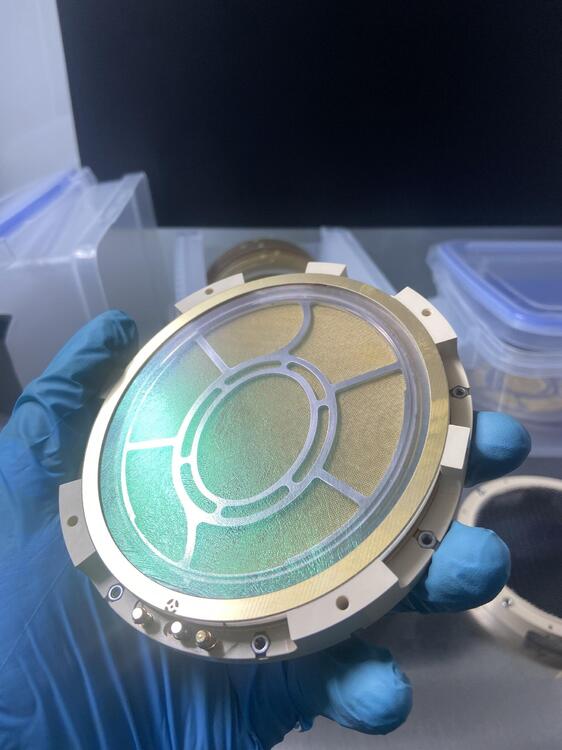
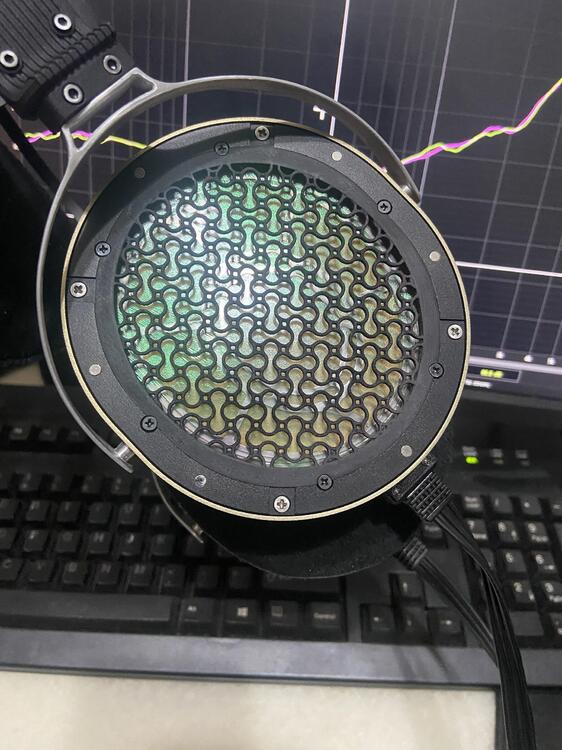
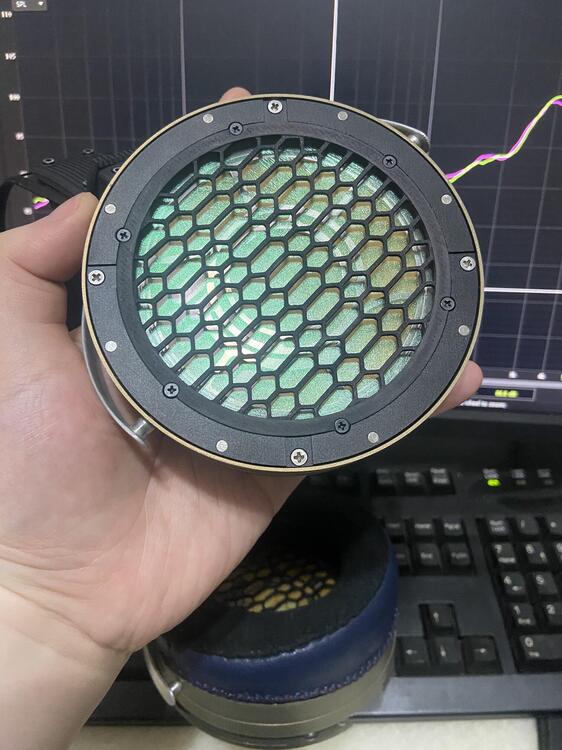

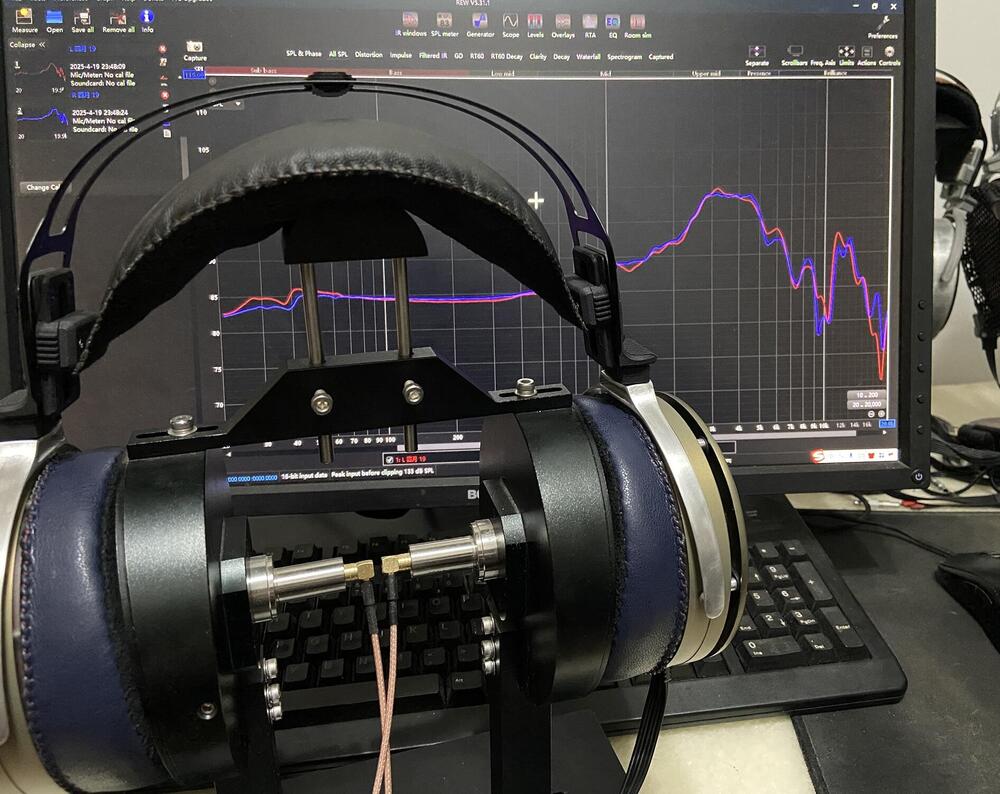
.thumb.jpg.e0a50645760937385de4b38ff457d177.jpg)


